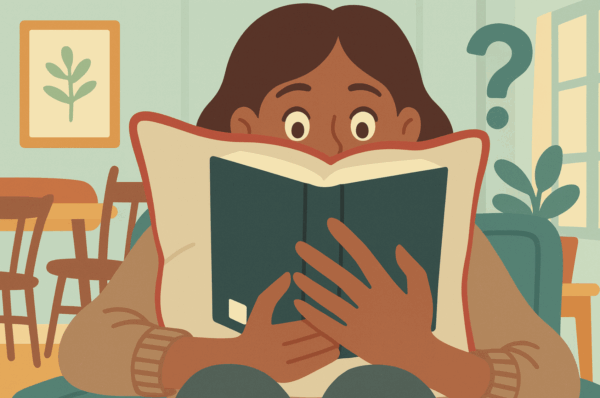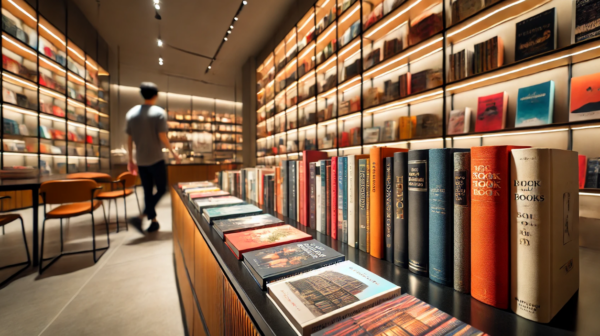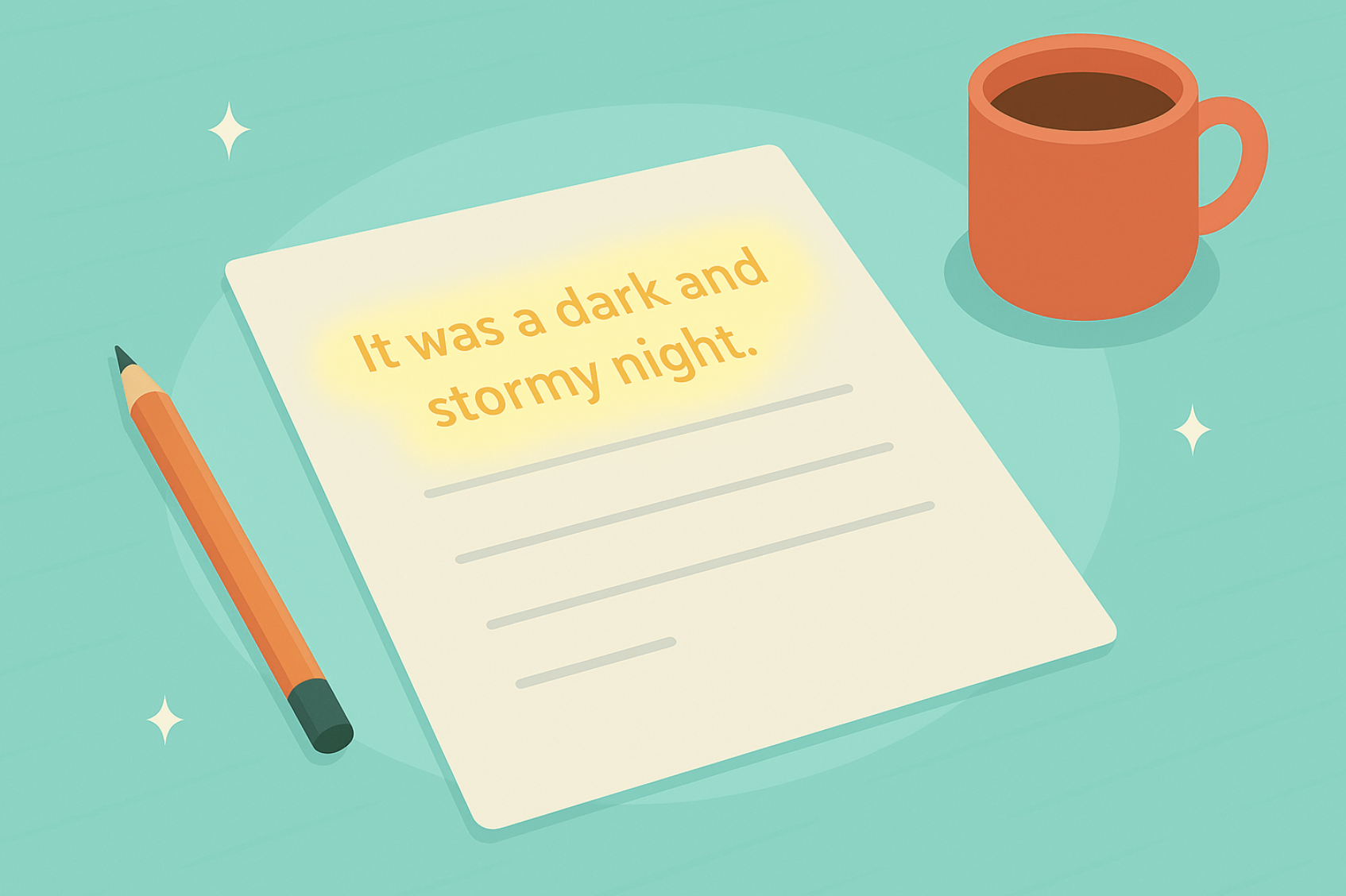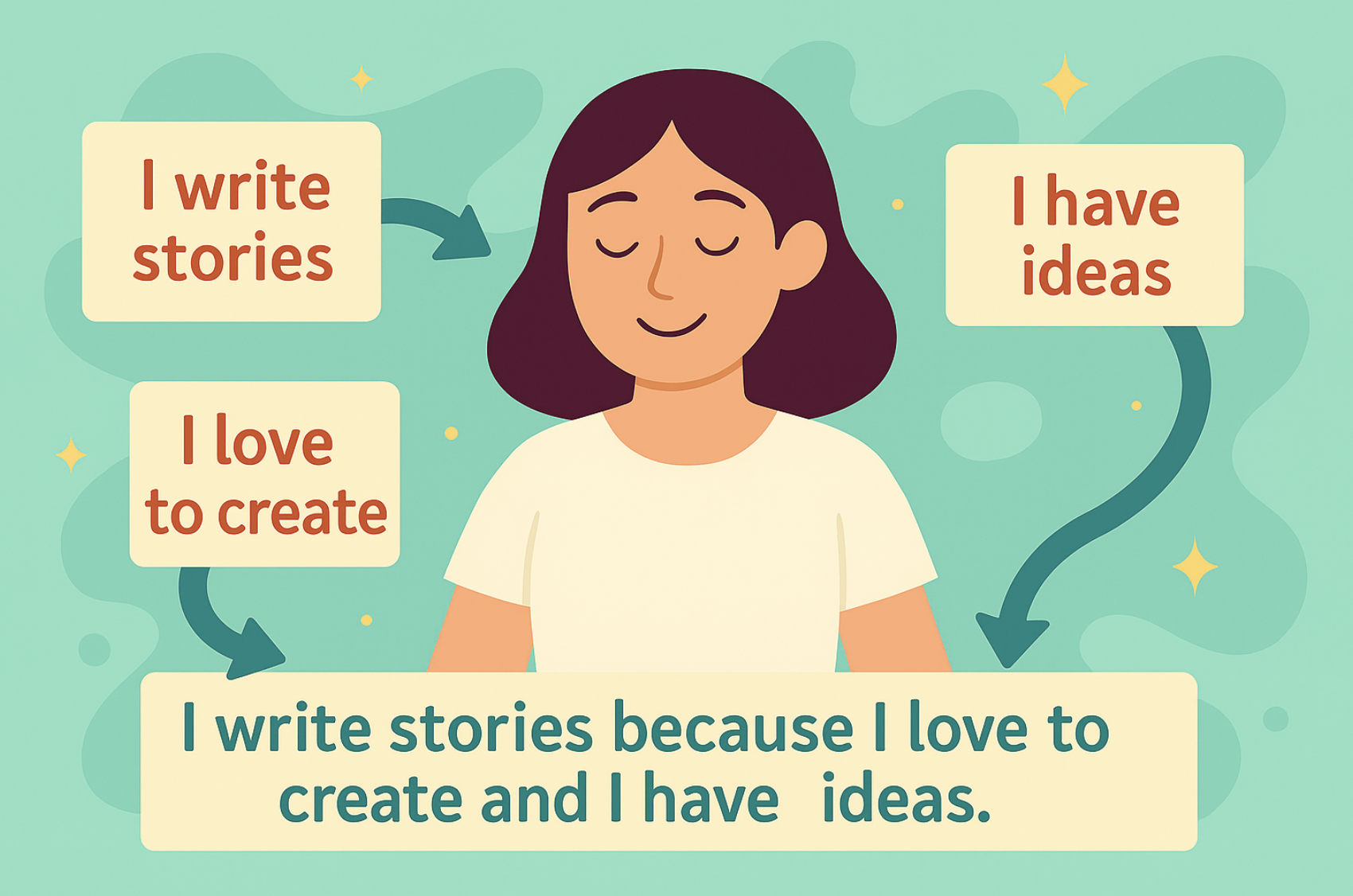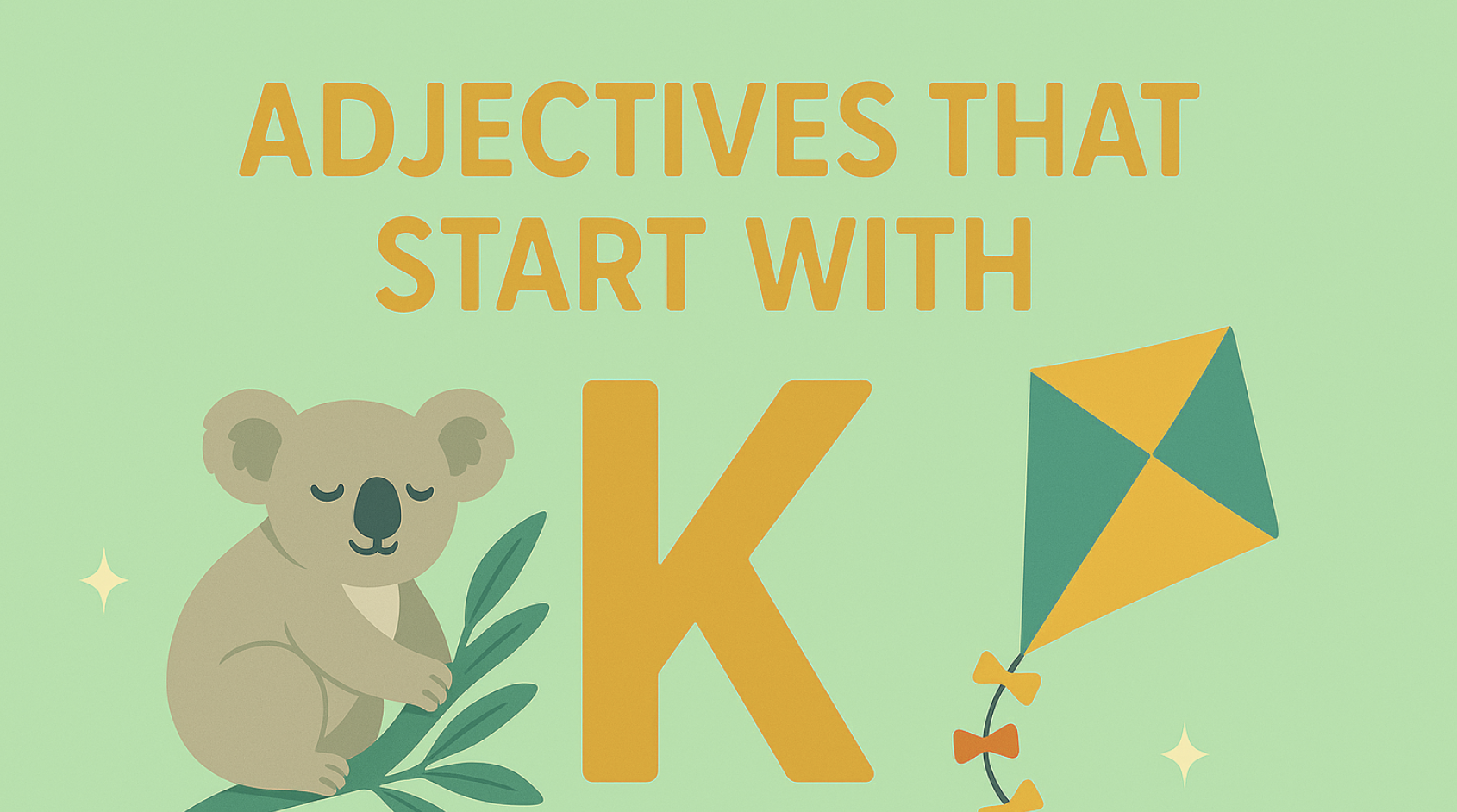They say truth is stranger than fiction—but in the right hands, it’s also sharper, funnier, and infinitely more binge-worthy. That’s where creative nonfiction comes in: the literary genre that dresses cold, hard facts in the warm coat of compelling storytelling.
Unlike a textbook that makes your eyes glaze over or a news brief that vanishes from memory in seconds, creative nonfiction writing takes real events and infuses them with narrative drive, character depth, and vivid detail. It’s the difference between reading “the bridge collapsed” and feeling your stomach drop as you’re standing on it.
In this guide, we’ll pull back the curtain on what creative nonfiction is, show you irresistible creative nonfiction examples that prove truth doesn’t have to be boring, and give you practical, no-nonsense tips on how to write creative nonfiction that keeps readers hooked. You bring the truth—we’ll help you make it unforgettable.
What Is Creative Nonfiction (And Why Should You Care?)
At its core, creative nonfiction is the art of telling a true story as if it were the most gripping novel you’ve ever read—minus the made-up bits. It’s fact-based storytelling that borrows the narrative tools of fiction—scene, dialogue, tension, character—but stays married to the truth. Think of it as journalism with a heartbeat, or a memoir with cinematic flair.
If you’ve ever devoured a memoir, longform article, or travelogue and thought, “Wow, I felt like I was there,” you’ve met creative nonfiction. Unlike pure journalism, it doesn’t just report what happened—it makes you feel it. Unlike fiction, it can’t invent key facts. And unlike a dry biography, it lets personality, perspective, and voice shine through.
So, what is creative nonfiction writing? It’s a genre where real people, real places, and real events are shaped into compelling narratives that read like stories—because they are stories. Whether you’re chronicling a life-changing trip, investigating a cultural trend, or exploring your own past, creative nonfiction turns raw truth into something unforgettable. And in a world drowning in quick headlines and clickbait, that’s a rare gift worth mastering.
Your Publishing Journey Awaits – Start NowTypes of Creative Nonfiction: Pick Your Flavor
Like ice cream, creative nonfiction comes in many irresistible flavors—each with its own texture, sweetness, and bite. Pick one, or mix them up for your own signature blend.
- Memoir – Your life, your lens, your truth. From Michelle Obama’s Becoming to David Sedaris’s hilariously awkward family tales, memoirs are the ultimate “you had to be there” stories—except you actually were.
- Personal Essay – A bite-sized exploration of a moment, idea, or obsession. Think of it as a conversation over coffee—except your reader never interrupts.
- Literary Journalism – Journalism with personality, style, and a good haircut. Joan Didion and Tom Wolfe turned news into art without bending the facts.
- Travel Writing – Less about ticking destinations off a list, more about plunging readers into the sights, smells, and chaos of a place. Anthony Bourdain made this a cultural feast.
- Biography with Narrative Style – A life story told like a page-turner. Walter Isaacson’s Steve Jobs reads more like a novel than a résumé.
Whatever your pick, the magic of creative nonfiction lies in blending fact with the artistry of storytelling—giving readers a reason to keep turning pages long after they know “what happened.”
Creative Nonfiction Examples That’ll Make You Want to Write
Here are some of the most inspiring creative nonfiction examples to prove that truth, when told well, can hit harder than any plot twist in fiction. These works don’t just inform—they immerse, entertain, and sometimes even change the way you see the world.
- Joan Didion – The Year of Magical Thinking
A raw, lyrical memoir about grief that reads like poetry—grief in high definition. - David Sedaris – Me Talk Pretty One Day
A masterclass in observational humor, turning language mishaps and odd jobs into laugh-out-loud confessions. - Truman Capote – In Cold Blood
The OG of literary journalism—meticulously reported yet gripping like a true-crime thriller. - Cheryl Strayed – Wild
A solo hike becomes a journey through loss, resilience, and blisters—equal parts adventure story and self-discovery. - Ta-Nehisi Coates – Between the World and Me
A personal letter that becomes a cultural wake-up call, weaving history with intimate experience.
These creative nonfiction examples show the genre’s range—from deeply personal to meticulously researched, from laugh-out-loud funny to utterly devastating. They remind us that when you honor the truth but shape it with narrative skill, your readers won’t just learn something—they’ll feel it.
How to Write Creative Nonfiction That Hooks Readers
If you’ve ever wondered how to write creative nonfiction that readers devour like the last slice of cake at a wedding, here’s the recipe. You can’t fake flavor, but you can follow a method that turns facts into page-turners.
- Start with a true story worth telling
Not every Tuesday at the grocery store is material. Look for moments with tension, stakes, or emotional resonance. - Do your homework
Facts matter. Double-check names, dates, and details—even in a personal essay. Nothing kills credibility faster than sloppy accuracy. - Build a narrative arc
Even nonfiction needs a beginning, middle, and end. Set the scene, raise the stakes, and bring resolution—just like in fiction. - Show, don’t tell
Sensory detail is your best friend. Instead of “It was cold,” try “The wind sliced through my coat like paper.” - Develop your voice
Your readers aren’t here for generic facts—they’re here for you. Let your personality color the prose. - Edit for truth and flow
Great creative nonfiction writing balances accuracy with rhythm. Trim the fluff, keep the meat, and polish until it sings. - Respect your characters
Even if they’re real people who annoyed you. Ethical storytelling earns trust, and trust keeps readers coming back.
Mastering these steps doesn’t just teach you how to write creative nonfiction—it gives you the tools to make reality as compelling as any invented tale. And when done right, your readers won’t just remember your story—they’ll remember how it made them feel.
Common Pitfalls (and How to Avoid Them Like a Pro)
Even the most promising creative nonfiction can fall flat if you tumble into these avoidable traps. The good news? A little self-awareness (and editing) can save your story.
- Over-fictionalizing – Adding scenes or dialogue that never happened might make it juicier, but it also makes it fiction.
- Fix: Stick to the truth; if you must imagine, label it clearly.
- Fix: Stick to the truth; if you must imagine, label it clearly.
- Info-dumping – You love your research, but readers don’t want a Wikipedia page in the middle of your memoir.
- Fix: Drip facts in where they serve the story.
- Fix: Drip facts in where they serve the story.
- Losing focus – Tangents about your cat’s dental history probably don’t belong in an essay about your time in Paris.
- Fix: Keep a clear theme and cut anything that doesn’t serve it.
- Fix: Keep a clear theme and cut anything that doesn’t serve it.
- Ethical slip-ups – Misrepresenting people or events can hurt reputations and your credibility.
- Fix: Get consent where needed and portray others fairly.
Avoid these, and your nonfiction will stay sharp, honest, and impossible to put down.
Why Creative Nonfiction Is the Genre of Now
In an age of endless content, creative nonfiction stands out because it offers what people are craving most: authenticity. We’re living in the era of binge-worthy memoirs, viral personal essays, and podcasts that make you feel like you’re eavesdropping on a friend’s confession. From Michelle Obama’s Becoming to narrative-driven shows like This American Life, audiences are gravitating toward true stories told with style.
Personal blogs have evolved into full-blown storytelling platforms, Instagram captions read like mini-memoirs, and Substack newsletters blend fact with voice in ways traditional journalism rarely dares. We want stories that make us feel, not just know.
That’s why creative nonfiction is more than a genre—it’s a cultural mood. It speaks to our hunger for connection in a world of fast takes and short attention spans, proving that when truth is wrapped in narrative, it can travel farther, hit harder, and stay with us longer than fiction ever could.
Wrap-Up: Your Story, Your Truth—Now Go Tell It
At its best, creative nonfiction writing turns everyday truths into unforgettable journeys. It’s proof that you don’t need dragons or dystopias to keep readers on the edge of their seats—you just need honesty, a dash of style, and the courage to tell your story your way.
Somewhere out there, someone is waiting to see their own reflection in your words. So dig into the real moments, shape them with narrative flair, and send them into the world. Because in the end, the truest stories aren’t just read—they’re felt. And yours could be the one that stays with a reader long after they’ve turned the last page.
FAQs – Creative Nonfiction
Q1: Can creative nonfiction be personal?
Absolutely. In fact, some of the most powerful creative nonfiction is deeply personal—memoirs, personal essays, and reflective narratives often draw directly from the author’s own life. The key is to combine truthful experiences with storytelling techniques that make them resonate with readers.
Q2: What are the four general prompts of creative nonfiction?
While “prompts” can vary by teacher or guide, four common starting points are:
Personal Experience – Writing from your own life.
Observation – Capturing scenes, people, or events you’ve witnessed.
Research-Based – Investigating and narrating factual information with style.
Reflective – Exploring ideas, themes, or emotions inspired by real life.
Q3: Is creative nonfiction the same as a memoir?
Not quite. A memoir is a type of creative nonfiction focused on the author’s life or experiences. Creative nonfiction is the broader category, which also includes essays, literary journalism, travel writing, and more.
Q4: What is a key characteristic of creative nonfiction?
A defining trait is its balance between factual accuracy and narrative craft—it tells a true story but uses literary techniques like scene, dialogue, and character development to bring it to life.
Q5: What makes creative nonfiction different from fiction?
Fiction can invent events, characters, and settings. Creative nonfiction must stick to the truth of what happened, even while shaping it into a compelling narrative.
Q6: How do you analyze creative nonfiction?
Look at both content and craft:
Is the story factually accurate and well-researched?
How does the author use structure, pacing, and detail to engage the reader?
What is the voice or perspective?
How effectively does it evoke emotion or communicate a theme?


